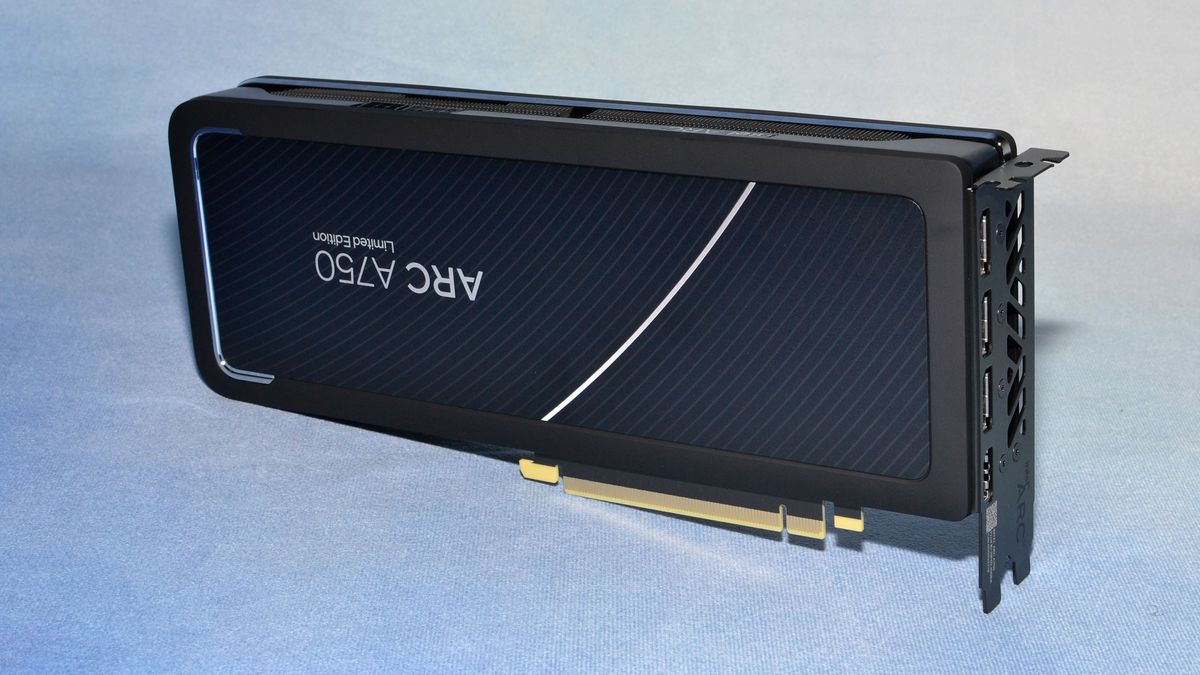Extrapolation requires a higher resolution input and could still result in lots of visual glitches and artifacts, as Intel admits in its
white paper. However, the benefit is that there is a reduced latency penalty compared to interpolation, which has to delay frames so it can generate new ones (otherwise, they'd show up out of order).
Requires higher resolution... than what? 1080P or 1440P? And how does that effect downscaling?
The thing with both DLSS 3 and FSR 3 is you shouldn't use it much below 60 FPS as the frame interpolation being AI generated from the previous frame and the proceeding frame has a higher chance of being graphically garbled as with a lower FPS the differences between frames are greater, less accurate data from the AI to work with.
AMD actually turn FSR 3 off and on again on the fly during fast lateral mouse movements as just whacking your mouse from side to side stretches the differences in frames even at a high refreshes rate.
With Exterpilation you only have the preceding frame to work with, you're not using data from the proceeding frame, yes this cuts down on 1 frame of latency but the reason Nvidia and AMD do it this way is to get a more accurate AI generated frame, less artefacts, it seems the reason Intel need a higher resolution is to preserve the detail in the frame to generate its proceeding frame from, it doesn't have the benefit of using two frames, one on either side of the AI generated frame.
It seems to me that either through hardware limitations or some other reason Intel are trying to get away with doing half the AI work and marketing it as a good thing, through lower latency, which is just empty and misleading marketing as both Nvidia and AMD have existing latency lowering technology to draw on "Nvidia Reflex" and "AMD Ant-Llag" to nullify that frame exterpilation.
Its technically true only if you ignore Nvidia Reflex and AMD Ant-Llag, in practical terms, in user experience, its not true.

 www.tomshardware.com
www.tomshardware.com







